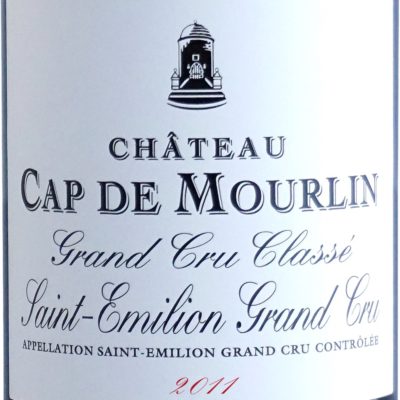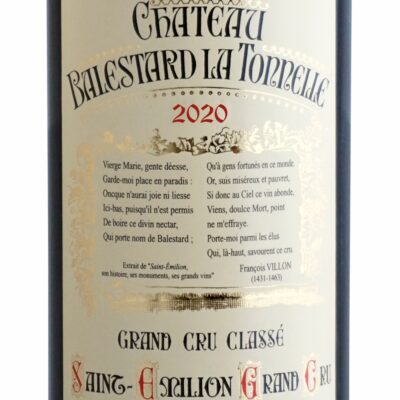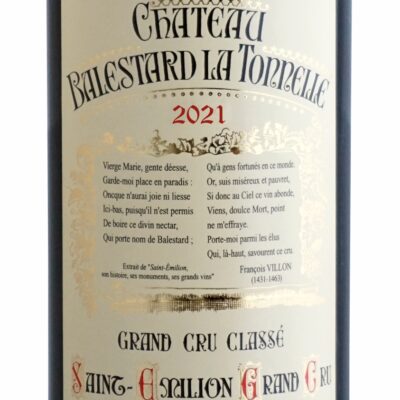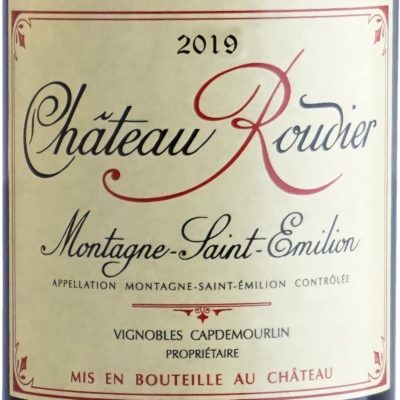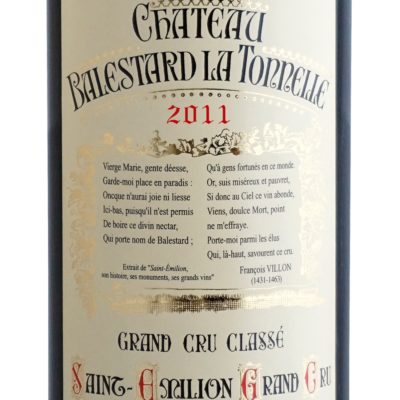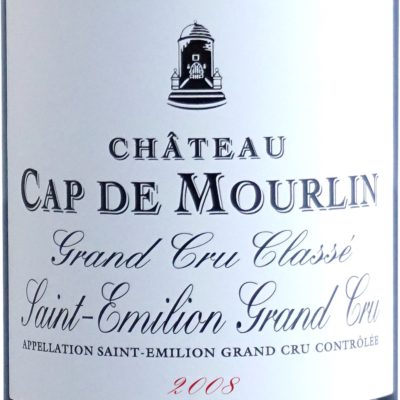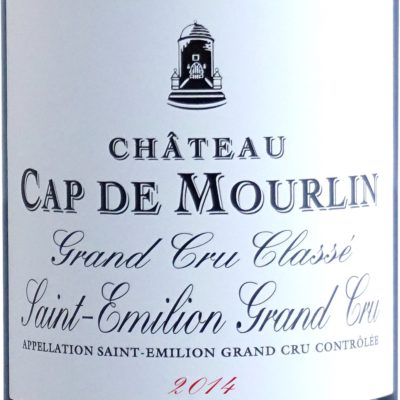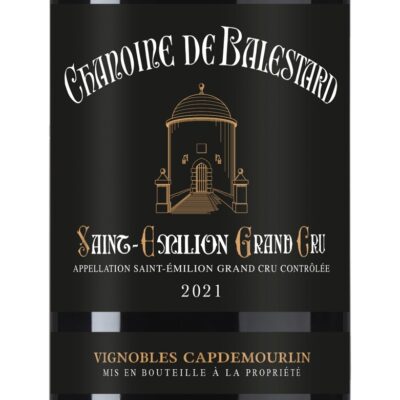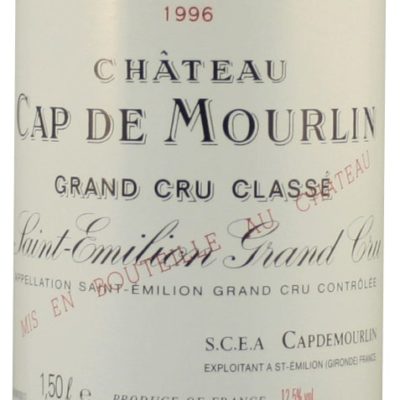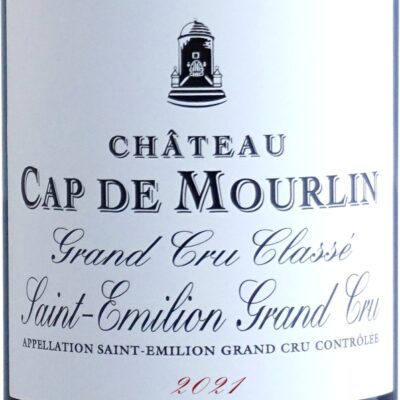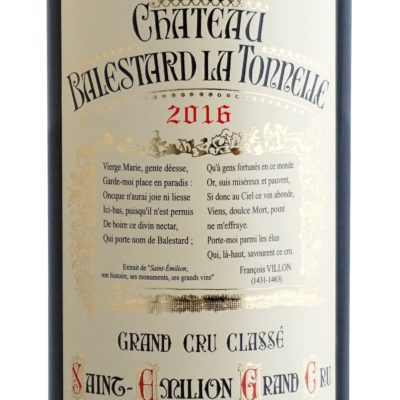Before the spring frost, a flurry of monthly records were broken or equaled in New Aquitaine at the end of March. The 30 degrees were approached in South-Gironde and the Basque Country, and 26 degrees in Bordeaux. Saharan sand, pushed by the southern winds, invited itself on a part of the region. Thus, after several days with summer temperatures, the cold arrives.
The climate does not know what it wants
Global warming is making itself felt and spring frost episodes, which were still rare a few years ago, are unfortunately becoming more and more frequent. The years 1956, 1974, 1991 and 2017 were cursed years for wine growers with devastating frosts. Everyone still remembers the night of 20-21 April 1991. On some properties in Saint-Emilion, 90% of the vineyard was affected.
Last week, temperatures dropped below – 5 °C, affecting all 65 appellations in the Bordeaux region, which totals 111,000 hectares of vines.
Around Saint-Emilion, many properties were affected by late frosts or spring frosts, ranging from 0 to – 4°C at night. A real climatic scourge for the wine growers, all the more damaging as the young leaves and buds were a little ahead this year. The vine is at the 2 to 3 leaf stage, the stage of maximum sensitivity for the plant.
The budburst
With the first rays of the sun, and with the increase in air temperatures, the vine slowly wakes up after a long period of dormancy. The sap slowly rises in the plant. The emergence of the first leaves and the appearance of the first buds are a crucial stage for the emergence of future bunches. The resumption of the circulation of the sap is at the origin of the swelling of the buds by hydration of those. The scales lift and reveal the hairy buds: the bud, which gives its name to this stage, the budburst.

The buds can withstand sub-zero temperatures down to -1°C. The spring frost is linked on the one hand to the nightly drop in temperature and on the other hand to the sensitivity of the buds to frost as soon as they are rehydrated.
Very costly operations
While France has just been hit by several nights of frost and is likely to be hit again, winegrowers are using different techniques to warm up the air. The idea is to prevent the temperature from dropping too much.
In the Bordeaux region and particularly in Saint-Emilion, the winegrowers have launched an attempt to save their plots of land in the face of the major spring frost episode that has hit the department.
Braziers and candles
Stéphane GABARD, winegrower in Fronsac and president of the Bordeaux and Bordeaux Supérieurs syndicate, reminds us that the most effective way is to scatter candles or braziers every 5-6 vines. The candles are large blocks of kerosene, arranged in metal boxes.
The wax of the candles is natural. Candles and braziers will warm the air around the vines, preventing temperatures from dropping too low.
This method is very expensive: it requires an investment of between 5,000 and 7,000 euros per hectare. In addition to the material, this method requires a very important human investment between the installation, the ignition and the removal.
Helicopters
Finally, some winegrowers use helicopters to stir the air. The low-flying helicopter (i.e. below 20m) stirs and warms the air above the vineyard. The air at the level of the vine stocks is thus warmer, which avoids the spring frost.
This operation remains dangerous, since it is carried out at dawn, thus with little light. It is also expensive, as it costs 170 euros per hectare. However, it is a method that works and is profitable, since it could effectively protect a vineyard.
Anti-freeze towers against spring frost
Château Balestard La Tonnelle, Saint-Emilion Grand Cru Classé, has installed an anti-freeze tower. The particularity of this one is to turn only a few days per year and only when there is no wind. For the tower to work properly, it must be started when the temperature is still positive (1.8°C).
The installation of an antifreeze tower costs an average of 45,000 to 50,000 euros. Above -2°C, it protects 6.5 hectares of vines, and below -2°C, the covered radius decreases to only 4.5 hectares. When starting up, a dull noise is heard and intensifies, similar to the roar of a helicopter taking off
The noise pollution is not very pleasant for the neighbors, who are often understanding for the inconvenience caused. In fact, wine growers only run the antifreeze towers a few nights a year to save their crop. A small inconvenience quickly forgotten in the face of the financial and economic stakes of a night of spring frost.
Next year, the Capdemourlin vineyards will equip the Château Cap de Mourlin with its anti-freeze tower.
This year, the Capdemourlin vineyards were partially affected by the spring frost at Châteaux Cap de Mourlin and Roudier. No damage was noted at Château Balestard La Tonnelle.


